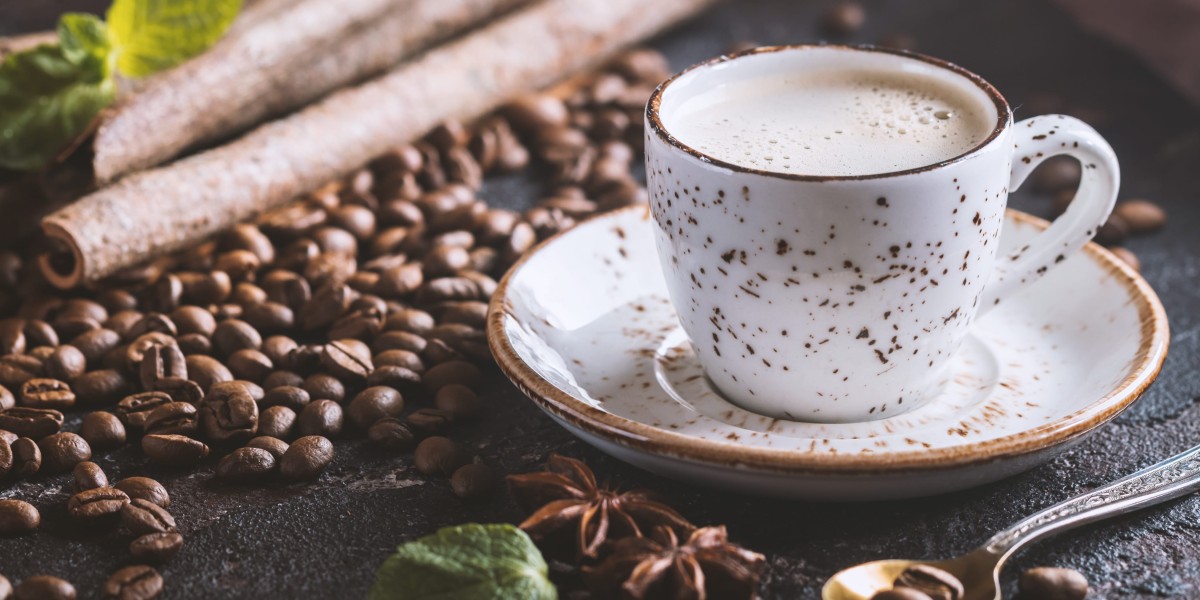 Buying a Coffee Machine For Home
Buying a Coffee Machine For Home If you decide to purchase a coffee machine for home it's worthwhile to invest in accessories such as a tamping mat and a set of coffee scoops. You'll need to stock up your beans and milk.
If you decide to purchase a coffee machine for home it's worthwhile to invest in accessories such as a tamping mat and a set of coffee scoops. You'll need to stock up your beans and milk.This semiautomatic unit combines milk frothers with the user-friendly assisted dosing and tamping of the 2022 Barista Touch Impress for a elegant setup that takes the coffee you make at home to new levels. It's also smart, as it connects to Alexa and using geofencing technology.
Filter coffee machines
Probably the most popular kind of coffee maker for home Filter machines heat water and allow it to be filtered through coffee grounds before returning to the pot. This results in a robust, smooth concentrate, which is then dilute and served from a separate carafe. These machines are generally easy to operate, and they typically come with a glass pot that can hold a good number of cups simultaneously and is ideal for those with large families or friends. They also have lower costs than other models, which can make them a good option for those on a budget.
The majority of these come with a compartment to store the ground coffee, and the tube is positioned to rise from the bottom of the container. The water is heated by a resistive element as well as an aluminum heating tube, and then it passes through the coffee grounds before it drips down into the pot below. The reservoir can hold plenty of water and can be filled to keep the cycle.
Many coffee makers have an one-way valve which prevents the cold water from mixing with the heated water. This helps reduce energy consumption and helps keep the water warm for a longer period of time. These machines also come with a heating plate made of steel which helps keep the water warm for a long time.
If you're using filter machines you'll need to measure your preferred amount of coffee into the filter, and then begin the making process. Most of these coffee makers require a ratio of about two tablespoons of ground coffee for every six ounces of water. However, it's best to verify the manufacturer's instructions before deciding on a specific ratio.
After adding the ground coffee to the tank and adding the water, it's a good idea for the coffee to expand and bloom. This is when the beans release the aroma and flavor. Then, pour the rest of the water in a circular motion, over the coffee grounds, and wait for the brewing process to finish.
Like other types of coffee machines Filter coffee makers, too, can occasionally experience issues. Cleaning them regularly is essential to avoid deposits of hard water, and other contaminants that could block the tubes and alter the taste of coffee. Cleaning should be easy and quick, as the majority of the components can be cleaned in the dishwasher. It is essential to clean the tube that connects the aluminum heating tube to the cold-water pipe regularly. If you're having trouble with your coffee maker, it could be worth running vinegar through the machine before trying to make any repairs that are more extensive.
Espresso machines
Espresso is a hugely popular coffee drink that has experienced an increase in popularity over the past decade or two. It is now possible to find an espresso machine in just about every cafe or restaurant and many enjoy brewing up their own at home. While the machines at home are not as large and powerful as those found in restaurants, they operate on much the same principles. You can master the brewing process to make a variety of espresso drinks.
A basic at-home espresso machine will come with an vessel for heating and a portafilter basket and steam valve. The machine will bring the water up to the ideal temperature for making espresso once you switch it on. When it is ready, you can put your espresso grind into the basket and press it down. Then you will add a filter and the portafilter lid to the machine and push water through the coffee grounds by using the pump. The water pressure that is created by pushing the coffee grounds through produces an intense espresso. You can then add milk to your beverage to make a cappuccino, macchiato, or latte.
If you purchase an espresso maker, look into purchasing a quality grinder for your beans as well as milk frothers if you plan to make lattes or cappuccinos. You should also ensure that you have espresso cups and a cleaning brush for the machine. You may also require a tamping pad for your portafilter.
You can also use your espresso machine to make other kinds of coffee. However, you must be aware that the process could take longer and that your results will not be optimal. Use a coffee labeled as espresso for best results.
The size of your boiler as well as the pressure of your machine will influence the flavor of your drinks. Larger machines have larger boilers, which are able to produce more drinks in less time. They can also make more intense espressos with a higher level of pressure.
Some machines have an automatic piston and spring design that lets you control the force with which you push the water through the grounds. This allows you to pull an espresso with the right strength and consistency. Some modern machines have replaced this with electric pumps that utilize rotary vein technology to help you achieve the right consistency and flavor for your espresso. These are called semi-automatic espresso machines. These machines offer a little more control for the home barista, however they don't permit you to alter all aspects of the brew as you would with a professional espresso machine. They are nevertheless easy to use and can make excellent coffee.
Bean-to-cup machines
The name implies, a bean-to-cup machine is an espresso machine with an integrated grinder as well as the most important component, the brewing unit. When you press a button, the grinder will grind and tamp the selected beans. The brewing unit then heats water to brew them when the coffee is made, the grounds are ejected automatically into an internal waste bin - you can also add milk if you like.
Many bean to cup machines have a self cleaning mechanism which basically flushes through hot water after every use, making sure that excess coffee doesn't get accumulated inside the pipes in between full cleans which are usually required every few months. This is a fantastic feature if you drink a lot of coffee and wish to keep your machine as clean as possible.
Some bean-to cup machines don't have a milk frother, for those who prefer to make their own milk from a jug or splash some with a cafetiere. If you plan to serve latte, cappuccino or any other milk-based drinks you'll require a machine that can handle the process of frothing. Most bean to cup machines that can froth milk include an wand called Panarello that's an outer sheath that is removed only when you're making an espresso or cappuccino. If you want to get a thicker froth in your cappuccino, we recommend purchasing a coffee maker that has an advanced steam wand. They can make an even thicker froth.
For offices and homes with a lot of traffic the bean-to-cup machine could be an excellent choice. They're easy to use and produce premium cups of coffee, and can be programmable to turn on in the morning or when you leave home to ensure that your cup is ready to go - ideal for those who have a lengthy commute! They can also help businesses save money by hiring baristas, which is especially beneficial for those with high staff turnover.
Visit the official Loveramics site to find out more about our recommended range of espresso machines. You can also use the coupon code "LoveCoffee" at checkout to get 20% off your purchase! Don't forget, we are also giving away a set Loveramics cups to all Coffee Blog readers! Click here to enter. Winners will be announced on Friday 29th June.





